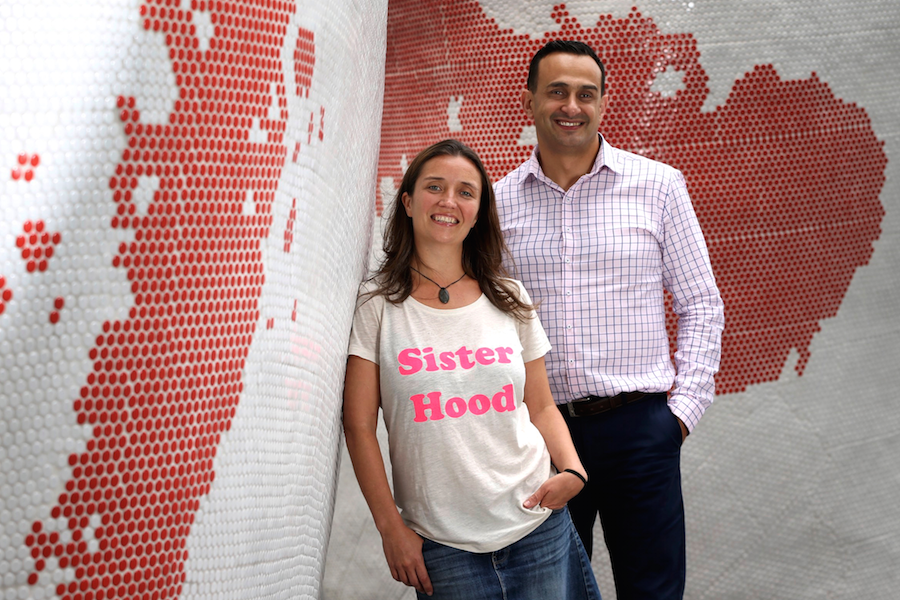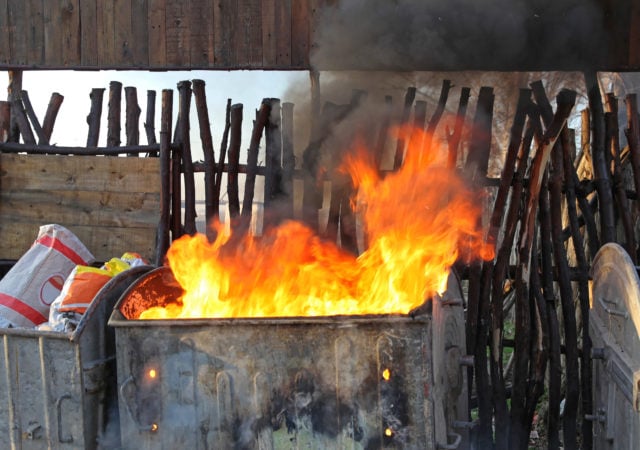After announcing its plan to be the shining beacon for, and central heart of, the Sydney startup community last December, the city’s proposed tech precinct Lighthouse is pivoting from property to education.
The brainchild of muru-D cofounder Annie Parker, who departed the accelerator at the end of 2016 to take over as the inaugural CEO of Lighthouse, and Anthony Farah, CEO of innovation agency Vivant, Lighthouse was to be a startup precinct located in International Tower 3 at Barangaroo.
Parker and Farah had stated at the time they were negotiating with Barangaroo’s developers, Lend Lease, to determine exactly how many floors Lighthouse would be given, but the space was expected to surpass the 6,500 square metres of ATP Innovations at Redfern, making it the largest innovation precinct in Australia.
With the March or April opening date the cofounders had told the community to pencil in long past, Parker today announced on LinkedIn that Lighthouse, as it had been introduced to Sydney, was no more.
According to Parker, the key issue is the Jobs for NSW plan to create a 15,000 square metre hub of its own, which presented a “potentially huge overlap” with the original plans for Lighthouse.
“As the weeks and months passed by, it became obvious that the overlap, particularly on the physical location side, was too large and there was simply not enough demand to cover two big locations – property was an integral part of our offering,” she wrote.
Despite this, Parker said the Jobs for NSW project, or Sydney Startup Hub, is “going ahead beautifully”, adding that the Lighthouse team has shared everything it has learned over the last year of building its strategy with Jobs for NSW.
“We absolutely were building for the ecosystem, and if the ecosystem is being built and provided for by a different entity or program, fantastic. I’m a huge supporter of what Jobs for NSW are doing and I hope it’s wildly successful. It just means we need to refocus and look at different problems to solve, and that’s fine, that’s life,” Parker told Startup Daily.
Parker added that the Lighthouse team has been sharing its learnings from the last few months with the Jobs for NSW team as it progresses with its plans, with the need to provide educational resources a key point.
“There needs to be a level of continuous improvement so you can actually see founders progressing, that they’re learning and their businesses are continuing to grow. It would be a terrible shame if we filled a space full of people who said they were founders and they’re not actually building anything, they just like the environment and they like the buzz – frankly, building a startup is hard and has its ups and downs, but the important thing is to keep moving forward.”
Lighthouse itself will now focus on education going forward. It had run a pilot program in May alongside KPMG and has a number in the pipeline with other partners.
“We will continue to develop the very best content to help teach people how to become high functioning founders, and through key partnerships we’ll share that content as far and wide as we can,” Parker wrote in her post.
“It’s obviously a big change – but a necessary one to make sure we do the right thing for the ecosystem.”
Stepping down as CEO, Parker stated she will remain involved with Lighthouse in an advisory capacity, however will be “looking for the next big adventure” over the coming months. She told Startup Daily that a project in its very early stages is an accelerator program for prisoners, based on The Last Mile program at San Quentin State Prison in California.
The journey to a central startup hub for Sydney has been a long one.
Beyond the 15,000 square metre Jobs for NSW hub announced earlier this year, the NSW government had in 2015 previewed its plans for a hub at White Bay after selling off the Australian Technology Park to a group led by developer Mirvac. Mirvac’s bid beat out another put forward by Atlassian to create a tech hub.
However, hopes for the White Bay plan were seemingly dashed in April when tech juggernaut Google announced its withdrawal from negotiations with the state government; Google had been one of 13 companies to enter proposals for the project, dubbed ‘Silicon Harbour’, looking to base its new headquarters at the development.
The need for a central hub was highlighted by TechSydney CEO, Dean McEvoy upon the release of this year’s Startup Genome ecosystem ranking in March, where Sydney fell one place to 17th.
“It’s a critical time for our industry. This report proves Sydney has what it takes to be in the Top 10 ecosystems in the world. We just need to accelerate our growth and the size of the industry with a central hub for startups,” he said.
“If we provide space for the density our industry needs to grow and we all come together – in spirit and in one location – we will be an unstoppable force and create the next generation of jobs for Australia.”
Image: Annie Parker and Anthony Farah. Source: Supplied.




















Trending
Daily startup news and insights, delivered to your inbox.